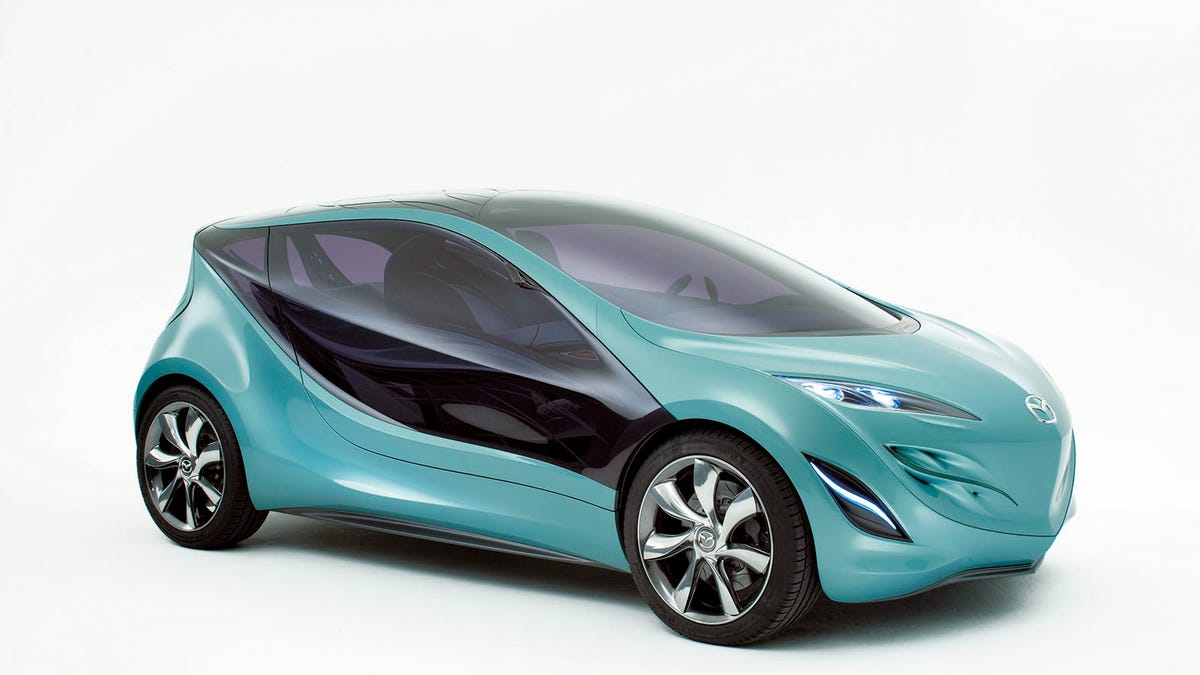Mazda to show concept, fuel efficient engines in Tokyo
Mazda announces its lineup for the 2009 Tokyo Motor Show.

Getting a jump on the competition, Mazda announced its lineup for next month's Tokyo Motor Show, which includes the Kiyora concept car, two new engines, and a new transmission. Usually concept cars are the show highlight, but in this case, the Kiyora is a beard, as it was already shown at last year's Paris auto show. The real news will be the more efficient power trains that Mazda developed, although these lack the glamor of a design concept.
However, this power train tech will have a more realizable effect on Mazda's vehicles and how we drive them. This line of power train tech goes by a new eco-brand from Mazda, Sky. The Sky-G is a direct injection engine with a newly designed block. The design reduces friction and delivers a more efficient fuel burn. Mazda claims that the 2-liter version would get 15 percent better fuel economy and torque compared with its current 2-liter gasoline engine. Mazda will also show a Sky-D engine, a turbo-charged diesel that shows efficiency improvements of 20 percent over Mazda's current 2.2-liter diesel engine. Although Mazda says the Sky-D shows lower exhaust emissions, it's not clear whether that engine would meet U.S. emissions requirements.
The Sky-Drive, a new transmission from Mazda, will also be on display. It's an automatic, using a torque converter, but Mazda has refined it to reduce friction and slip, delivering a feel comparable to a dual-clutch automated manual transmission. Mercedes-Benz previously did an impressive job refining its automatic transmissions for more direct gear engagement, and we anticipate that Mazda's Sky-Drive should deliver a similar feel. Mazda says the refinement of the transmission delivers a 5 percent increase in fuel efficiency.
Mazda's theme for this line of Sky power train technology at the Tokyo show will be "The Mazda Sky concept--Providing driving pleasure and environmental and safety features for all customers!" The grammar may be amusing, but the overall import is that Mazda intends to increase its fuel efficiency by 30 percent from 2008 to 2015. With these technology improvements, the company seems well on its way.

